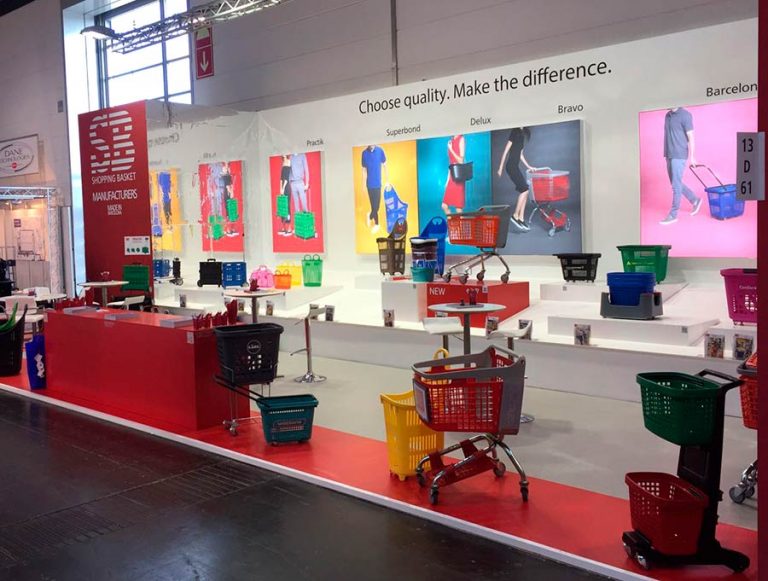To improve the commercial process in any company, it is essential to apply anthropometry at the point of sale. This way, you can understand how it influences consumer behavior. To do this, you need to comprehend the theoretical foundations and the variables that influence according to the studies of some of the most important authors in this field.
Analyzing the point of sale is crucial to evaluating the effectiveness of buying and selling in an establishment. It’s about discovering if the consumer experience was effective through in-depth market research. This audit will help to understand consumption habits and identify customer needs. Let’s explore what this analysis entails, carried out by numerous brands worldwide.

Analysis of Ergonomics and Anthropometry at the Point of Sale (POP)
The study of consumer behavior is crucial for a company’s decision-making process to develop an effective marketing plan. In this regard, any advertising and promotional materials become powerful tools to impact the customer’s opinion and purchase decision.
Research results from the Point-of-Purchase Advertising Institute (POPAI) and the Grocery Marketing Association (GMA) indicate that 75% of consumer purchase decisions are unplanned. In fact, emotions and impulsivity play a decisive role in acquiring a product or service.
On the other hand, the way a point of sale engages with its customers is crucial for ensuring its success. Promoting products through various channels, including display, packaging, shelf placement, and location, among other aspects, helps provide a satisfying shopping experience.
To implement a successful commercial strategy, numerous details must be considered, such as order, cleanliness, and arrangement. Even promotional campaigns offers, and discounts must be carefully studied to maximize benefits and increase sales.
Functional benefits are also emotional, as explained in an article from Marte’s bulletin. A lower price directly influences customer reaction, potentially leading to impulse purchases. However, a promotion alone isn’t effective without considering several conditions, such as a well-executed advertising campaign or proper product display.
The Methodology of Anthropometry at the Point of Sale
In this research, a method called Goal Grid is applied. This system, aimed at improving the customer experience, includes four components of analysis: achieve, avoid, preserve, and eliminate.
The objective is to collect data in the form of photographs or images of POP (Point of Purchase) elements that are important for the study. Additionally, direct information is gathered from the POP display and from the customers visiting the commercial space. The report generated through the Goal Grid method is useful for clarifying the goals of the POP and determining if they are aligned with the visual presentation of the merchandise.
In the purchase decision process, several phases occur sequentially: problem recognition, information search, evaluation of possible alternatives, and final decision making.
The Results of the Analysis at the Point of Purchase (POP)
This research involves aspects such as ergonomics, anthropometry, and the point of purchase. We start from the premise that consumers are not the same, nor are their desires and needs. This is closely related to sociodemographic characteristics and individual lifestyles. Below, we show how these elements influence the final outcome:

- Ergonomics: The purpose of this discipline is to gain a comprehensive understanding of the problems of human interaction with technology and its products.
- Anthropometry: There are two types. Static anthropometry encompasses measurements of the human body in a straight line and is performed on the body’s surface. In contrast, dynamic anthropometry is mainly concerned with the state and physical characteristics of a body in motion.
- Point of Purchase: This is associated with sales promotion activities, especially POP. For example, the role in the retail store is highly relevant for customer loyalty and brand positioning. The goal is to encourage the consumer to purchase a product, making merchandising a crucial aspect of this action.
Anthropometry at the point of sale is of great importance for developing products, goods, or services that are accepted in the market. However, during the commercial exchange, it is essential to study consumer behavior to develop an effective marketing plan that aligns with the desires and needs of the customer.

 Sign up for our newsletter and be the first to receive our articles!
Sign up for our newsletter and be the first to receive our articles!



























